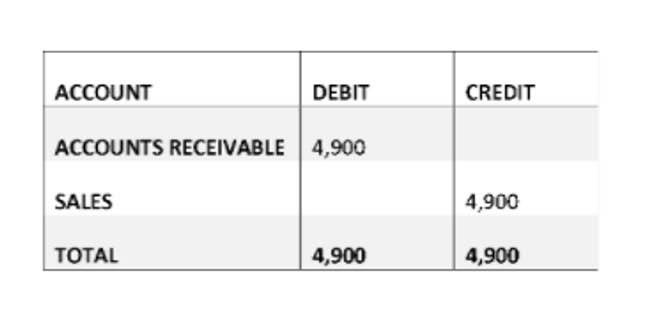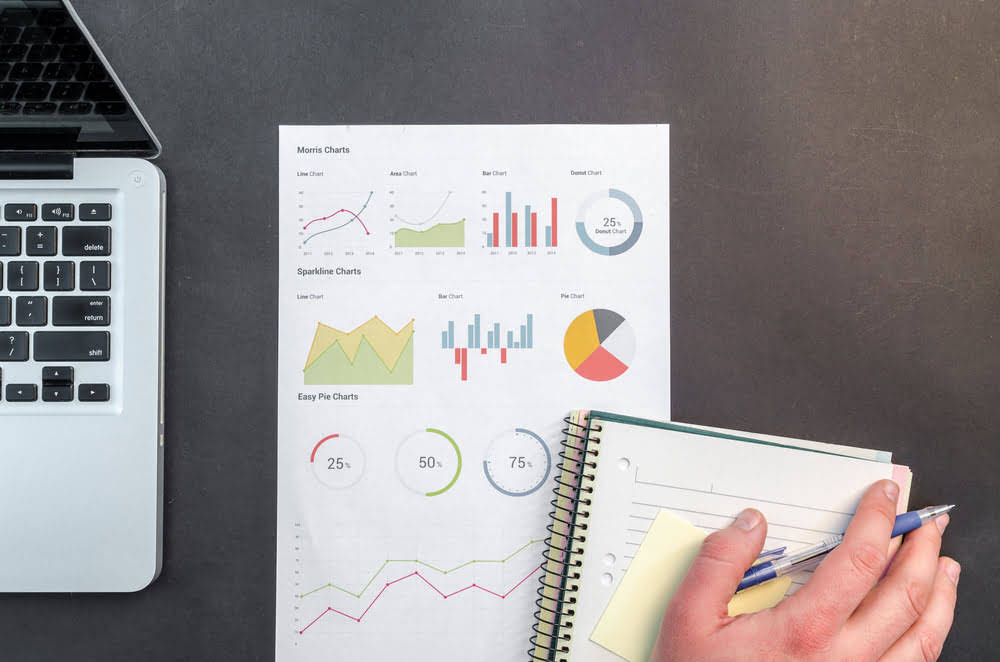
Additionally, companies may mistakenly use the post-tax cost of debt instead of the pre-tax cost of debt in their capital budgeting decisions. This can result in an underestimation of the true cost of debt and lead to poor investment decisions. To avoid these mistakes, it’s crucial to carefully follow the formula for calculating pre-tax cost of debt and ensure that all relevant data is accurate and Oil And Gas Accounting up-to-date. By doing so, companies can make informed decisions about their debt financing strategies and optimize their capital structure. The choice between fixed and variable interest rates is another crucial factor that influences the cost of debt.

Understanding and Calculating the After-Tax Cost of Debt

These characteristics affect the risk and return of the debt, and therefore the cost of debt. For example, a variable-rate debt has a lower cost of debt than a fixed-rate debt when the interest rates are low, but a higher cost of debt when the interest rates are high. Similarly, a secured debt has a lower cost of debt than an unsecured debt, as it reduces the risk of default for the lender. The source of the debt also affects the cost of debt, as different lenders have different expectations and requirements for lending money to a company. For example, a bank loan has a lower cost of debt than a bond issue, as it involves less fees and regulations.

How to calculate total revenue for your startup
It’s the most accurate way to calculate your cost of debt when you have clear market data. The pre-tax cost of debt represents the interest rate your business pays on loans and borrowings—before factoring in any tax benefits. That’s unearned revenue why companies often use debt financing to reduce their net tax obligations. Regulatory bodies in every country set a benchmark interest rate based on economic climate and other factors.
- The YTM method is the most accurate, as it takes into account the current market price, the face value, the coupon rate, and the time to maturity of the debt instrument.
- From our illustrative exercise, it should be easy to understand how higher perceived risk correlates to a higher required return (and vice versa).
- Equity financing tends to be more expensive because of the higher returns from the stock market.
- As a result, companies with strong credit ratings can typically access capital at a lower cost.
- This can strain a company’s finances, making it imperative for businesses to maintain or improve their credit ratings through prudent financial management and strategic planning.
Best Investments for 2025
When interpreting the cost of debt, it is essential to compare it with industry benchmarks and competitors’ rates. A higher cost of debt may indicate higher perceived risk or a company’s lower creditworthiness compared to its peers. Conversely, a lower cost of debt may suggest favorable borrowing terms and a stronger financial position. This means that the company pays an effective interest rate of 7% on its debt, after accounting for the tax benefit. Note that, for a firm that has debt and equity capital structure, the cost of debt will always be lower than the cost of capital.

- Given the investment fundamentals of price, risk, and return we know that risk and return maintain a proportional relationship.
- It is therefore considered the weakest cost of debt calculation method.
- This metric is essential because it represents the actual cost of debt financing before considering tax implications, providing a more accurate picture of a company’s financial health.
- This means that the company pays an annual interest rate of 4.5% on its debt.
- The after-tax cost of debt is a critical metric for businesses, reflecting the true expense of borrowing when accounting for tax deductions.
It then concludes by discussing the tax shield and how to apply it to calculate the after-tax cost of debt. After getting that total, look at all the money borrowed—the company’s total debt. This equation takes into account that interest on debt can reduce taxable income. So, companies get some savings because they pay less in taxes due to their interest expenses. Then, divide by the total debt to see what percentage of the loan amount goes towards these costs every year. In the calculation of the weighted average cost of capital (WACC), the formula uses the “after-tax” cost of debt.
Role of Cost of Debt in Financial Analysis
A higher credit rating, such as AAA or AA, indicates lower risk, enabling companies to secure loans at more favorable interest rates. Conversely, lower ratings, like BB or below, signal higher risk, leading to increased borrowing costs. Capital structure decisions also influence leverage’s impact on borrowing costs. Excessive leverage can lead to liquidity constraints, making it more difficult to meet short-term obligations and potentially triggering a creditworthiness reassessment. For businesses in cyclical industries, where revenue fluctuates how to find the cost of debt significantly, maintaining a manageable leverage ratio is particularly important to avoid financial distress during downturns.